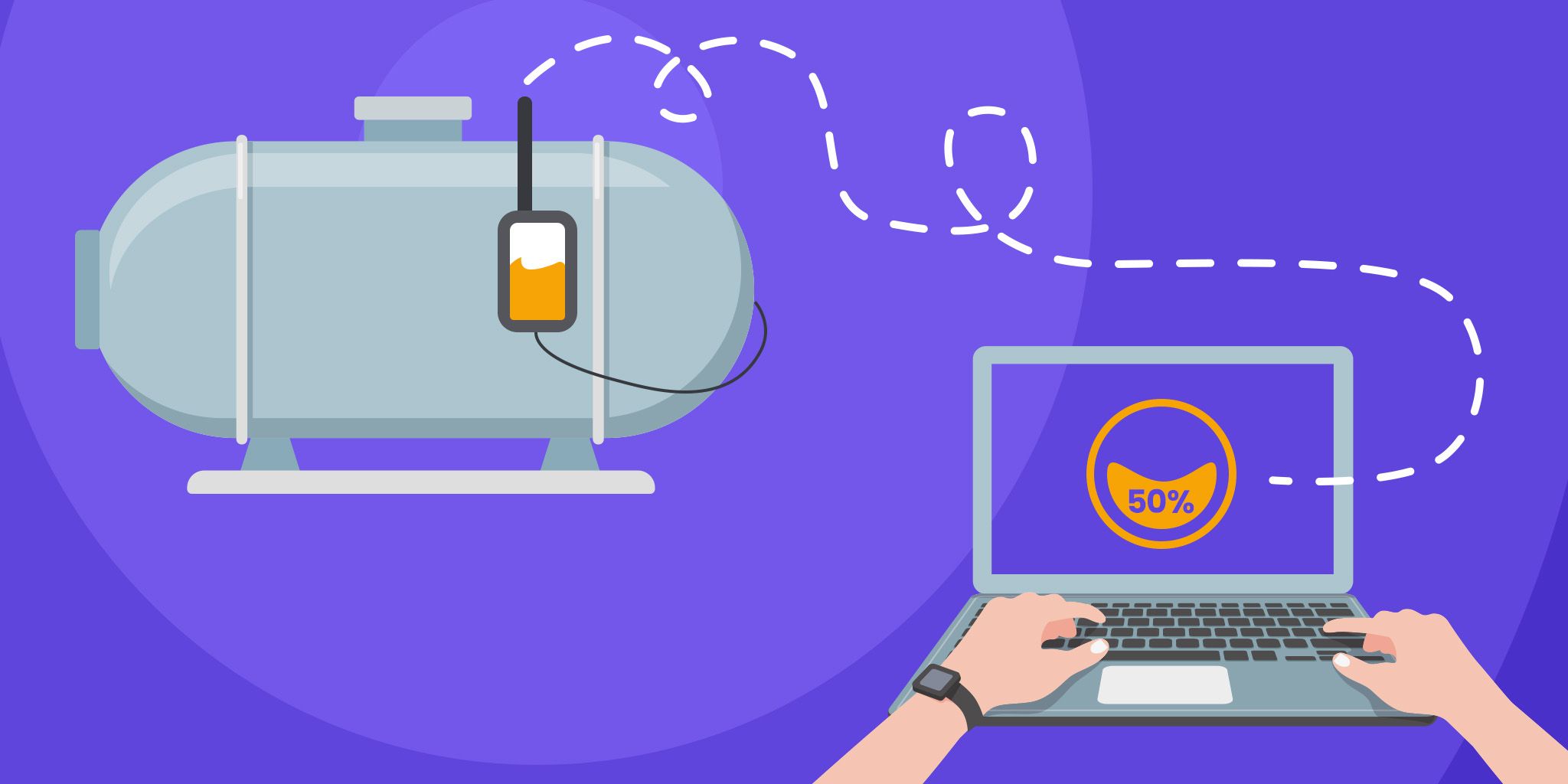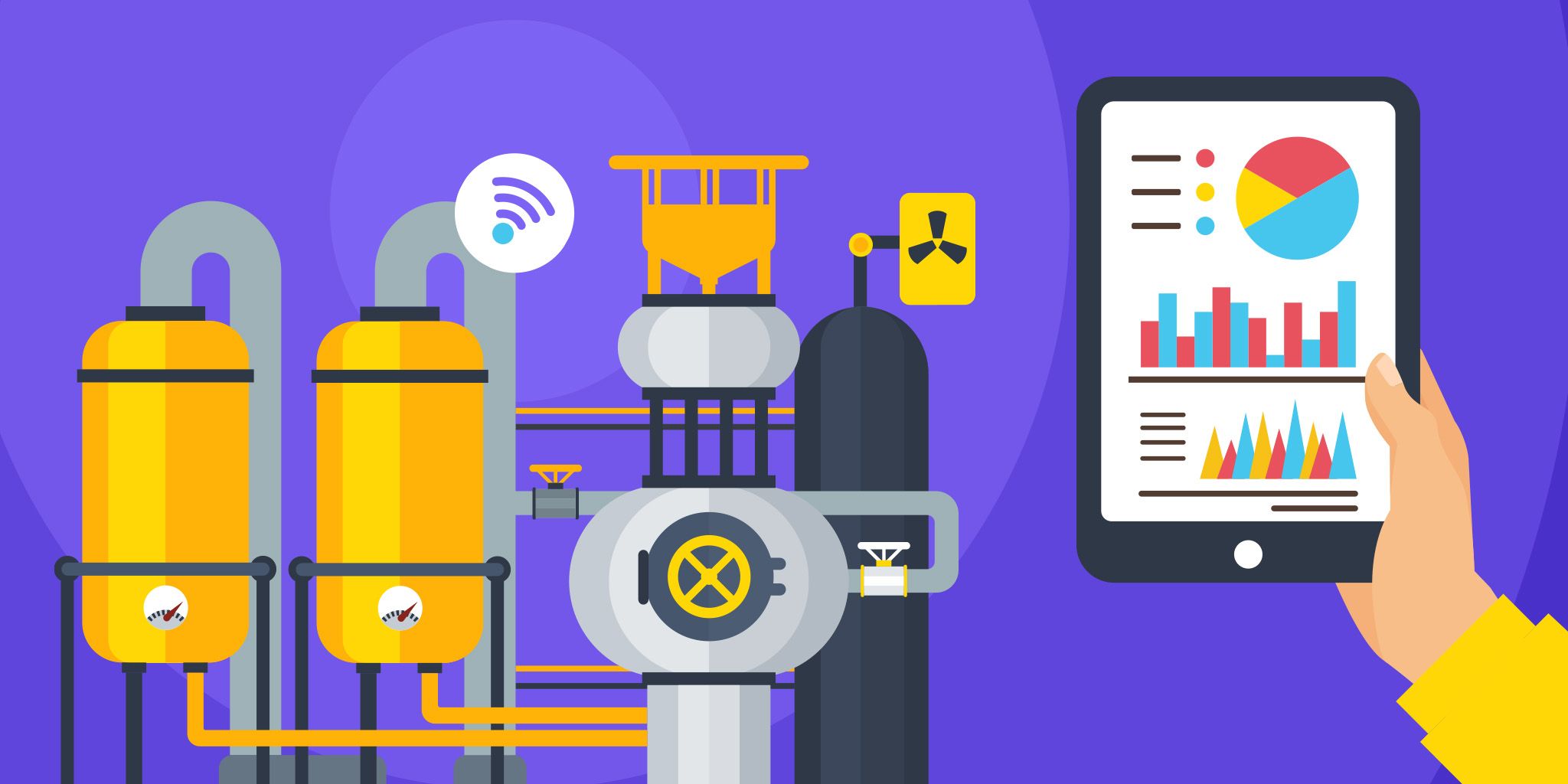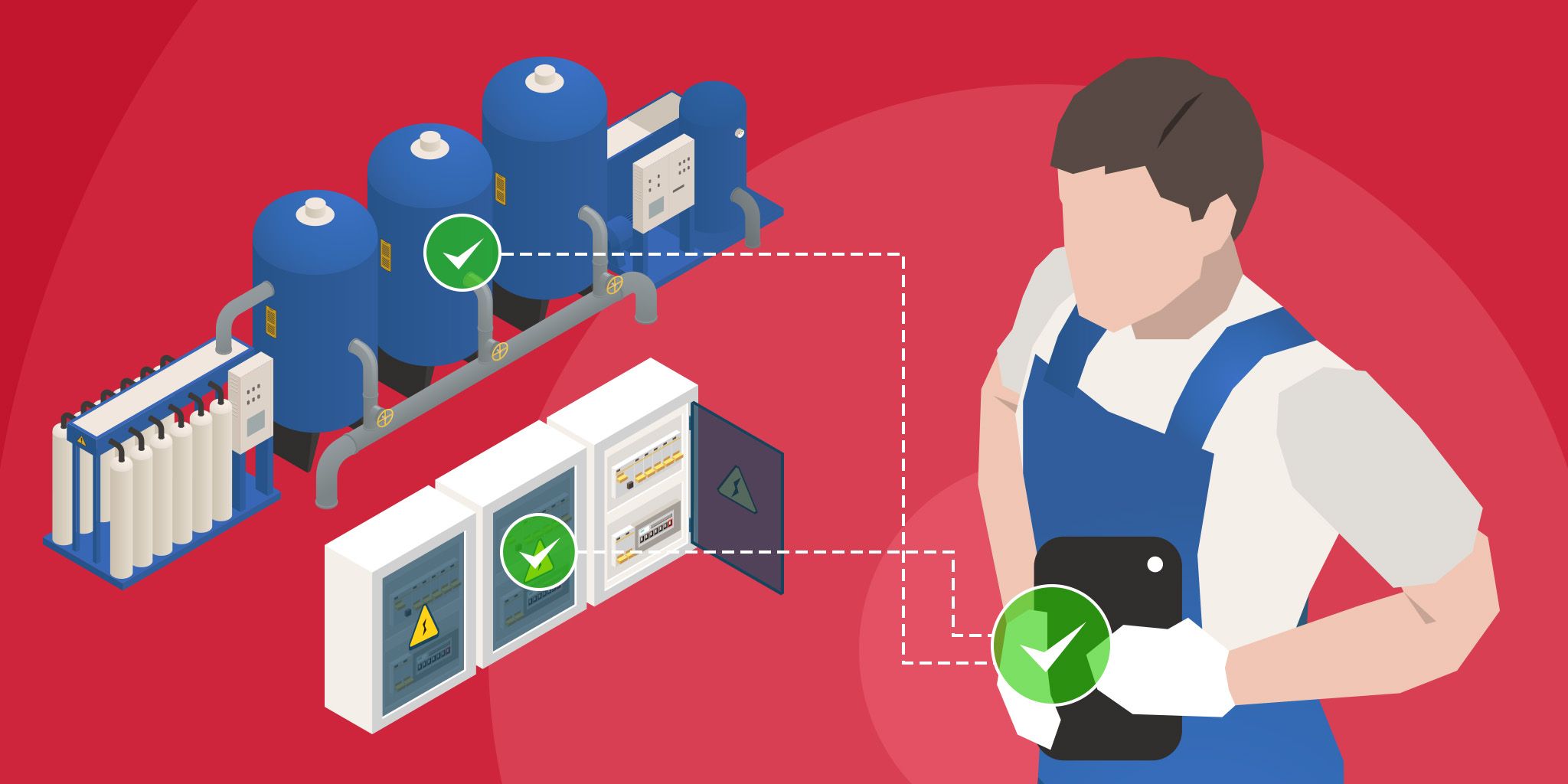IoT Use Cases in Ocean Conservation
IoT Use Cases in Ocean Conservation
- Last Updated: December 2, 2024
Zac Amos
- Last Updated: December 2, 2024



Ocean conversation has become a global priority, as the planet’s vast marine ecosystems face numerous challenges — from pollution and overfishing to climate change. Yet, an emerging technology that holds significant promise for addressing these challenges is the Internet of Things (IoT).
IoT is an interconnected network of devices, sensors, and software that communicate with each other to collect, exchange and analyze data. With the power of IoT, scientists, conservationists, and policymakers can make better decisions to protect and restore the world’s oceans. Here are the top five ways people use IoT today in ocean conservation.
"With the power of IoT, scientists, conservationists, and policymakers can make better decisions to protect and restore the world’s oceans."
-Zac Amos
1. Monitoring Ocean Health
IoT has proven useful in monitoring the health of oceans. This technology gathers real-time data for understanding the state of marine ecosystems and developing conservation strategies. With IoT devices such as smart buoys and sensors, researchers can continuously track key parameters of oceans like water quality, temperature, and salinity.
Smart buoys have various sensors that collect data on oceanographic conditions and transmit it wirelessly to cloud-based solutions for analysis. This continuous flow of information allows scientists to detect changes in the marine environment and develop timely responses as they identify potential threats. For instance, pH levels provide early warning signs of ocean acidification, a major concern for the survival of coral reefs and other marine organisms.
In addition to buoys, researchers have used satellite-based IoT systems to monitor ocean health at a larger scale. These systems can track weather patterns and ocean currents and detect pollution events.
Remote sensing technology can also identify harmful algal blooms, which can have devastating effects on marine life and coastal economies. Using this information, scientists can develop effective mitigation strategies and coordinate rapid response efforts.
2. Underwater Exploration and Ocean Cleanup
IoT is also revolutionizing ocean conservation through the advent of underwater drones or unmanned underwater vehicles (UUVs). These sophisticated devices can explore and map ocean floors, providing valuable information on marine life and habitats. As they venture into areas that are too difficult or dangerous for humans to access — UUVs enable researchers to understand the world’s oceans further.
One of the primary applications of underwater drones is in monitoring marine life and habitats. UUVs can have cameras, sensors, and other data-gathering tools that collect information on marine species. This data can be useful for developing targeted conservation strategies, such as creating marine protected areas or implementing habitat restoration.
Additionally, underwater drones are especially useful in cleanup operations. Autonomous drones can detect plastic waste and remove them off-site. Plastic is a significant threat to marine life.
According to the International Union for Conservation of Nature, 14 million tons can be found in the ocean yearly. However, IoT is changing that by reducing the amount of debris where countless species call the ocean home.
3. Sustainable Fishing Practices
IoT technologies are pivoting ocean conservation efforts by promoting sustainable fishing practices. Sustainable fishing is essential for maintaining healthy marine ecosystems and preserving the lives of millions worldwide. That’s why regulators are leveraging IoT to monitor fishing activities, enforce regulations and minimize the negative impacts of fishing on the environment.
One of the ways IoT is useful in sustainable fishing is through electronic monitoring systems. These systems enable authorities to track fishing vessels and their catch data in real time — ensuring compliance with fishing quotas and regulations.
Additionally, IoT is being integrated into fishing gear to improve sustainability. Smart fishing gear, like IoT-enabled nets and lines, can minimize bycatch — the accidental capture of non-target species — and reduce damage to ocean habitat.
Smart fishing gear is crucial because it allows fishermen to receive real-time feedback and adjust their fishing methods accordingly. This results in more targeted and efficient fishing practices while providing long-term viability for the fishing industry. Therefore, fishermen and regulators can work together to ensure the responsible and sustainable management of our ocean resources.
4. Marine Protected Areas
IoT is playing an essential role in the protection of marine protected areas (MPAs) — designated zones that restrict human activities to preserve marine life and biodiversity. It offers innovative solutions for monitoring these areas, ensuring compliance with MPA rules, and protecting endangered species.
One of the key applications of IoT in MPAs is the implementation of smart surveillance systems. These devices continuously monitor human activity in restricted zones, including fishing, shipping, and recreational activities. By detecting unauthorized actions, authorities can enforce MPA rules more effectively and deter potential violators from intruding.
IoT-enabled wildlife tracking is another practical application within MPAs. Researchers can attach GPS tags or sensors to endangered marine species, monitor their movement patterns, identify critical habitats, and assess the effectiveness of MPA regulations. This data can then be useful in refining conservation strategies and prioritizing areas for protection.
5. Ocean Energy Solutions
Since climate change greatly affects our oceans, IoT can contribute to conservation by providing renewable energy solutions. Through wave, tidal, and floating wind energy systems, the world can receive sustainable and environmentally-friendly alternatives to fossil fuels. However, IoT is optimizing the performance of these systems while minimizing their environmental impact.
For example, one primary application of IoT in ocean energy solutions is the remote monitoring of offshore renewable energy infrastructure. Sensors and communication devices installed on turbines, wave energy converters and other structures provide data on performance, wear, and maintenance needs. With this information, operators can detect issues early and reduce the risk of system failures or minimize the need for costly repairs.
Furthermore, IoT helps identify suitable locations for new installations. By analyzing data, researchers can map ocean energy potential and determine the most efficient areas for new renewable energy projects. Overall, IoT is making a significant impact and creating a more sustainable future for generations to come.
Harnessing IoT for a Healthier Ocean
The Internet of Things offers a diverse range of applications for ocean conservation — from monitoring ocean health to managing marine protected areas. Yet, as IoT continues to advance, these technologies’ potential to address pressing ocean conservation matters grows. Therefore, conservationists will be able to create further-effective solutions for protecting the world’s oceans.
The Most Comprehensive IoT Newsletter for Enterprises
Showcasing the highest-quality content, resources, news, and insights from the world of the Internet of Things. Subscribe to remain informed and up-to-date.
New Podcast Episode

Moving Past the Pilot Phase in IoT and AI
Related Articles





